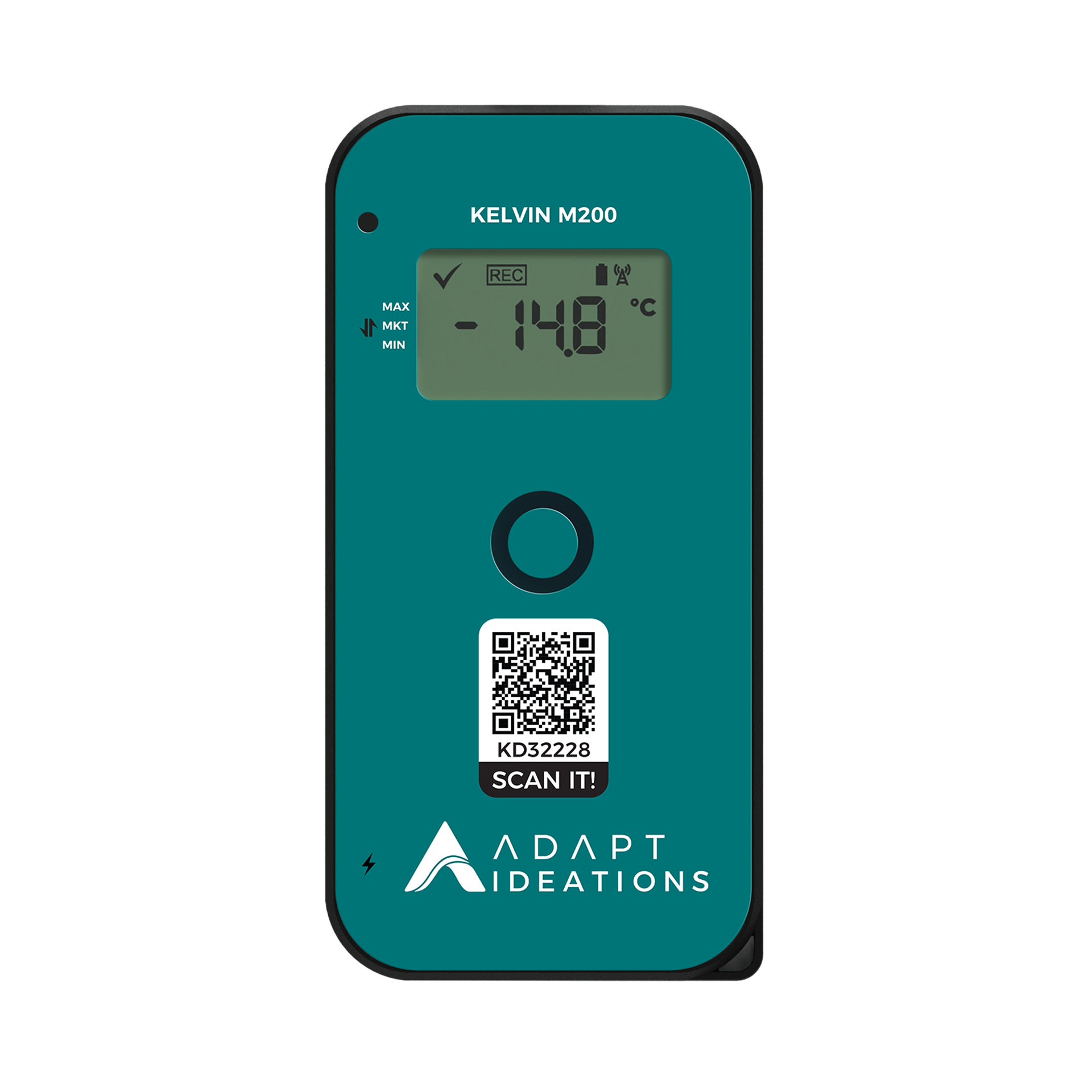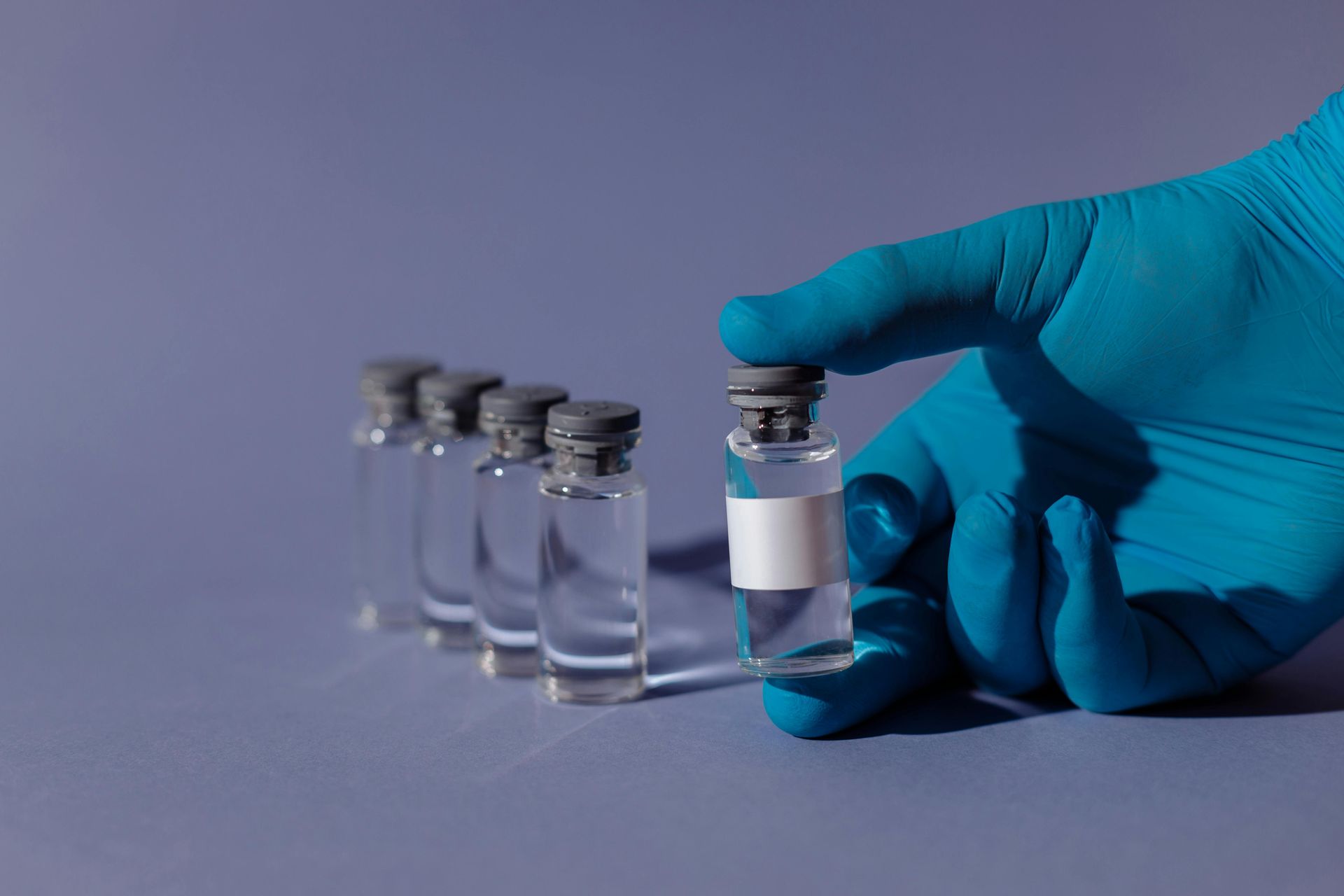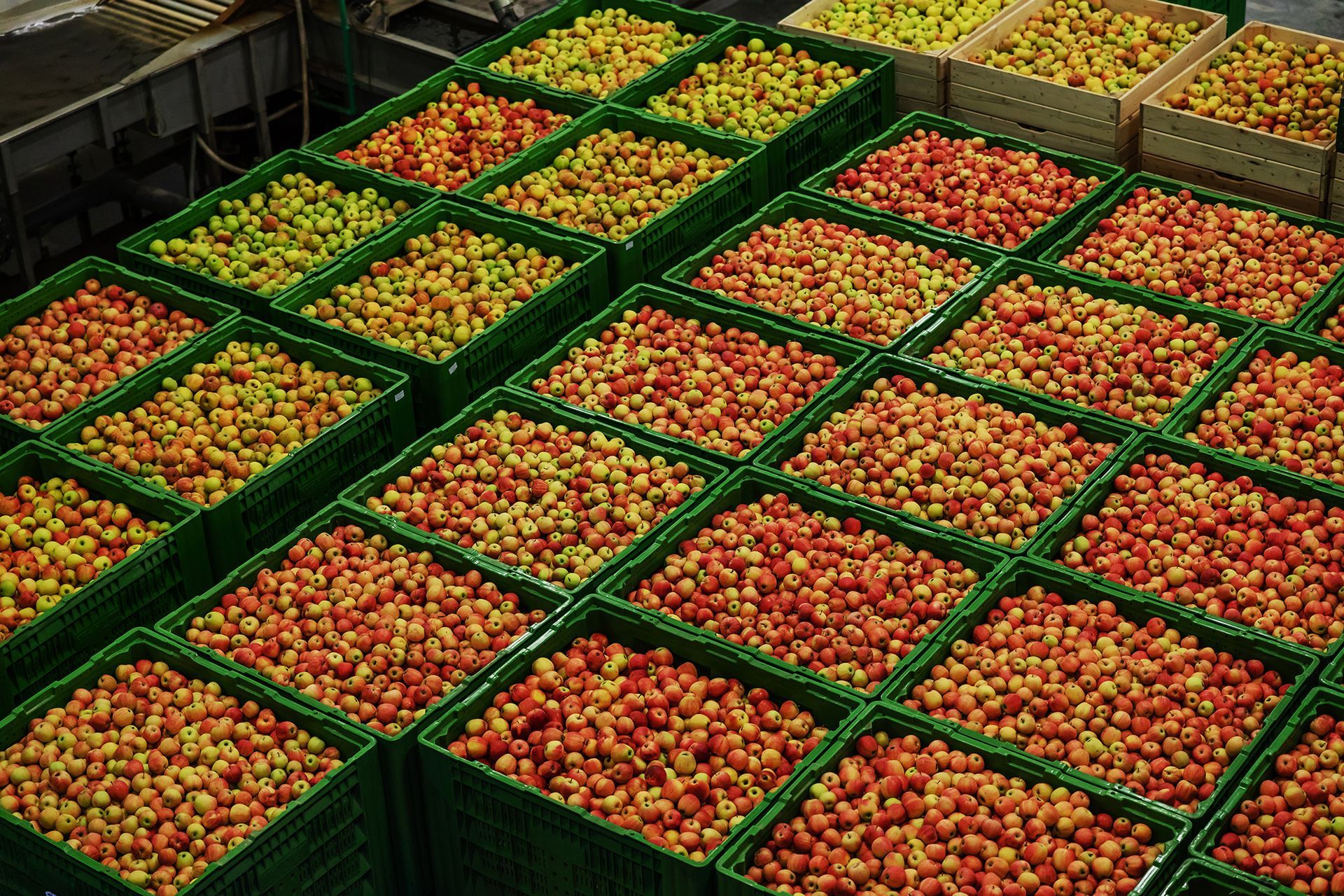The storage and safeguarding of gems are important if jewellery and mining companies are to preserve the quality of the stones.
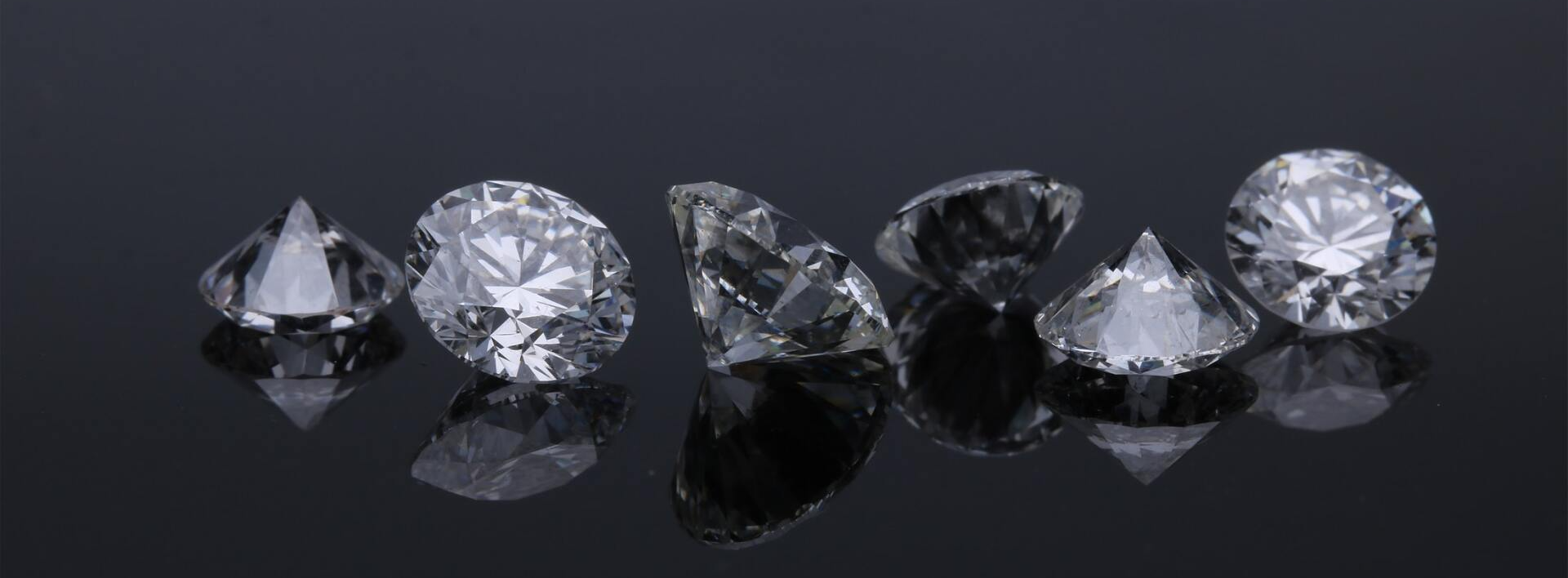
Sourcing of precious stones such as diamonds
Precious stones are used in a multitude of different ways whether it be in jewellery, on ornaments or just purchased in its raw form. The sourcing of precious stones such as diamonds is a tedious task that requires many steps to be taken to ensure the quality of the stones are maintained. It takes between 1 billion to 3.3 billion years for diamonds to form, as coals are compressed by the earths pressure. For this reason, the price tag that comes with any item containing diamonds is very steep making it the most valuable precious stone. The second most valuable gemstone, Alexandrite is also expensive due to the rare chrysoberyl chemical found within it that changes colour due to light.
One carat of Alexandrite is worth USD $15,000 and can reach up USD $70,000 depending on the carat quantity as stated by the International Gem Society. As found by PR NewsWire in 2018, the global gem market is valued at approximately USD $23 billion. Evidently, the creation and extraction of precious stones is reflected in their price points and value.
The storage and safeguarding of gems
Although precious stones are all-natural resources of the earth, they do not withstand extensive environmental wear. The storage and safeguarding of gems are important if jewellery and mining companies are to preserve the quality of the stones.
Natural environmental differentiations in each geographic location, whether it be high humidity levels, intense heat or light can greatly decrease the quality of gems. A humidity level of over 50% can be dangerous for storage rooms as mould can start to form, as reported by StoreEdge in 2016. For gems the occurrences of moisture and sweat beads can cause the stones to lose their colour clarity and ‘shininess’. Although diamonds are the most durable of all gemstones, their quality can degrade over time due to temperature fluctuations. Amethyst in particular can crack if it is exposed to continual high heat over time, and Citrine will fade in colour, as reported by the International Gem Society.
Storing Gems Safely
Although most gems are heat treated after being extracted, the manner in which they are stored before purchase must be monitored to ensure its quality remains. Brazil, Columbia and Argentina are some of the most prolific gem locations in the world. The transport and storage of gems as they move from continents can cause the stones to become in contact with radical weather changes that can cause the gems to reduce their aesthetic shine, thus causing a drop in their value. As guided by the Spruce, jewelries that contain natural gemstones are best kept between 20 to 22 degrees or at room temperature. The implementation of a temperature monitoring system would alleviate issues of damage in relation to temperature fluctuations in storage facilities and warehouses.
Monitoring Precious Gems
Adapt Ideations wireless temperature & humidity monitoring system PIXEL can assist jewellers and mining companies in preserving the quality of valuable gemstones. The IoT enabled wireless environmental monitoring system enables companies to monitor the humidity and temperature of their valuable assets to ensure its quality. By utilising the wireless temperature monitoring system inside storage rooms and warehouses, the system will monitor temperature & humidity that assets are exposed to and send near real-time alerts if any violations occur. The near-real time notifications that are relayed back to the company enable them to maintain consistent control over the assets and take proactive measures when necessary. In utilising Adapt Ideations wireless environmental monitoring system PIXEL, jewellers and mining companies can safely store their valuables, without the concern of temperature fluctuations going undetected.
Enquire today at enquiries@adaptideations.com to find out how our environmental monitoring system can safeguard your companies valuable assets.
Awards & Recognition

Best Temperature Monitoring Solution Provider
Awarded by India Biologics & Vaccines Outstanding Industry Awards 2022

Adapt Ideations Recognised As A Supply Chain Leader
by Alcott Global on Supplify's Supply Chain Tech Map 2.0

Related Articles.
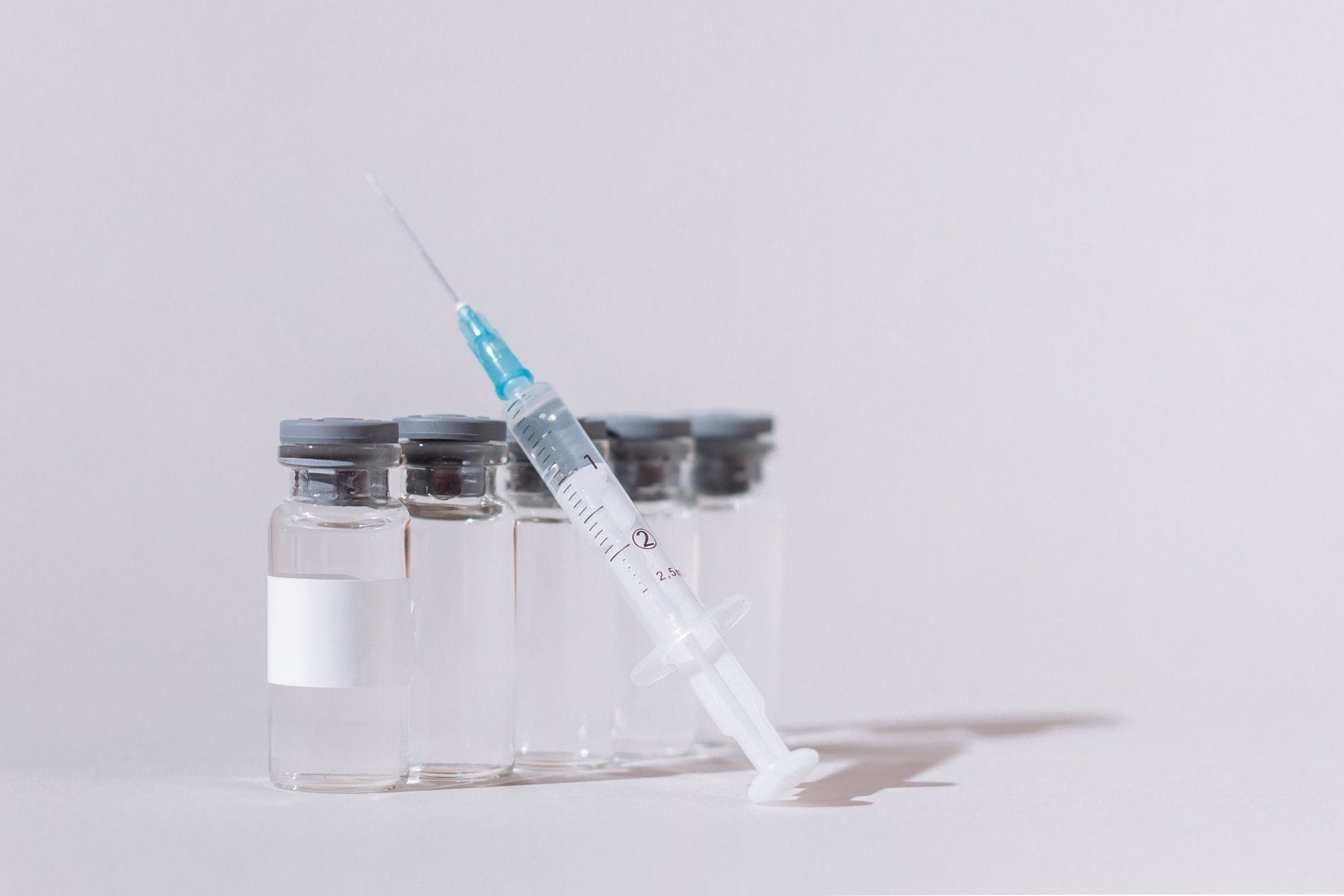


Our Guides.
Sign up to our monthly newsletter!
Thank you for signing up.
Please try again later
H.No.1-89/G/36, 3rd Floor, Plot No.36, Mindspace, Shilpi Valley, Madhapur, Hyderabad – 500081, India
